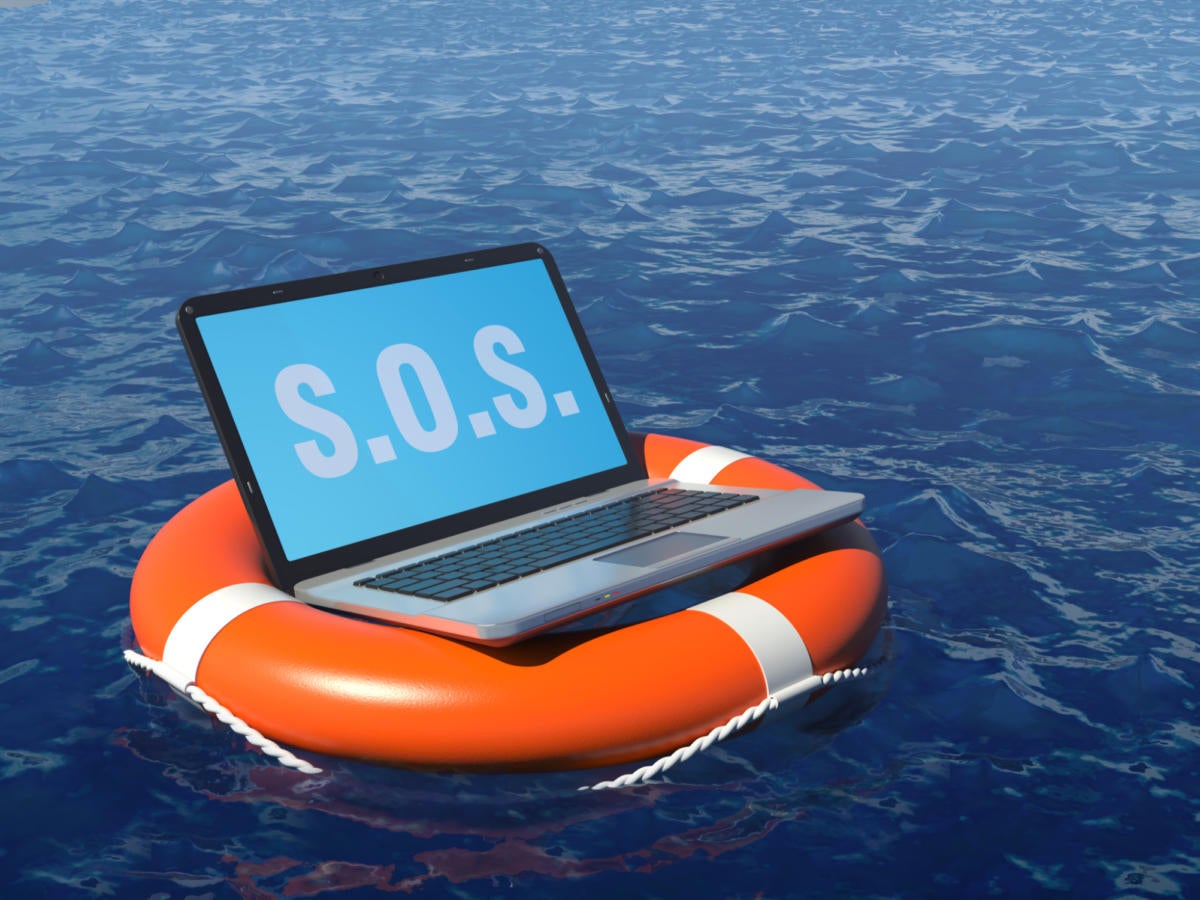
For many companies, IT support has typically meant a member of the help desk walking over to an employee’s desk and looking over their shoulder to fix any problems, or a quick one-to-one connection between an IT staffer and a remote office employee. With a majority of employees and IT staffers now working at home due to Covid-19, the need for enterprise-level software that can support these larger numbers has also grown.
Remote access tools have been around for years, with a range of features and benefits for companies and individuals looking to help less tech-savvy users with computer issues and maintenance. At its base level, the software creates a secure connection between one person’s computer and a remote connection, allowing the first user to operate the second computer as if they were in the same room. Once the connection is made, several other features such as screen sharing, program installation, file transfer, text chat, and audio and video communications are supported.
Many of these features are also seen in other categories of software, such as web conferencing or videoconferencing apps, which can confuse buyers looking at options for their IT remote assistance needs. In addition, many companies that offer remote support software also offer remote monitoring and management tools, which can actively or passively monitor equipment and devices beyond an employee’s desktop.
There is good news, however: Many of the remote assistance software companies offer tiered levels, allowing for a free download, trial or entry-level version for users to try out, with professional and/or enterprise versions that expand the number of licenses or concurrent sessions allowed. So this category lends itself very well to the idea of “try before you buy.”
source: computerworld
